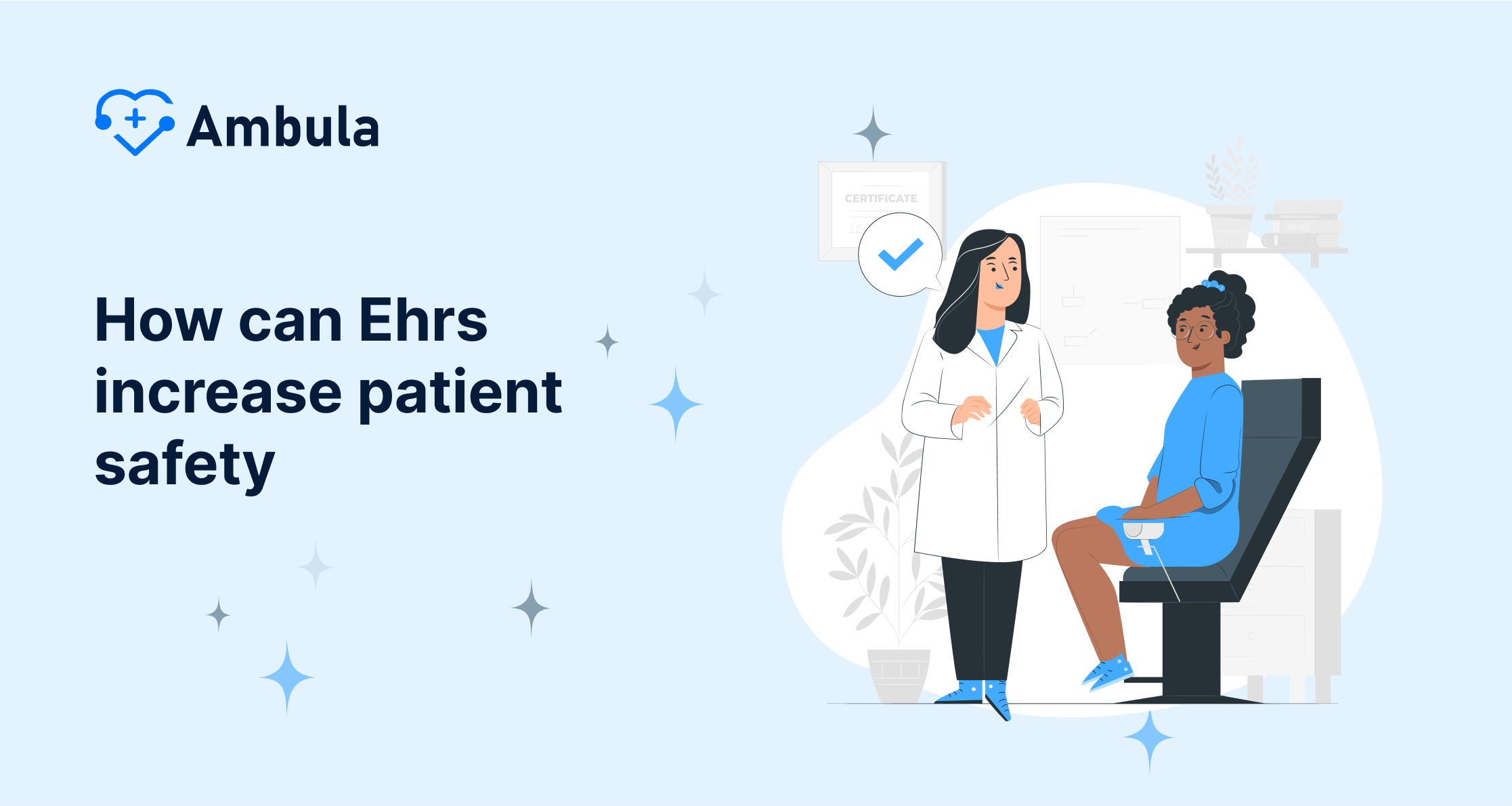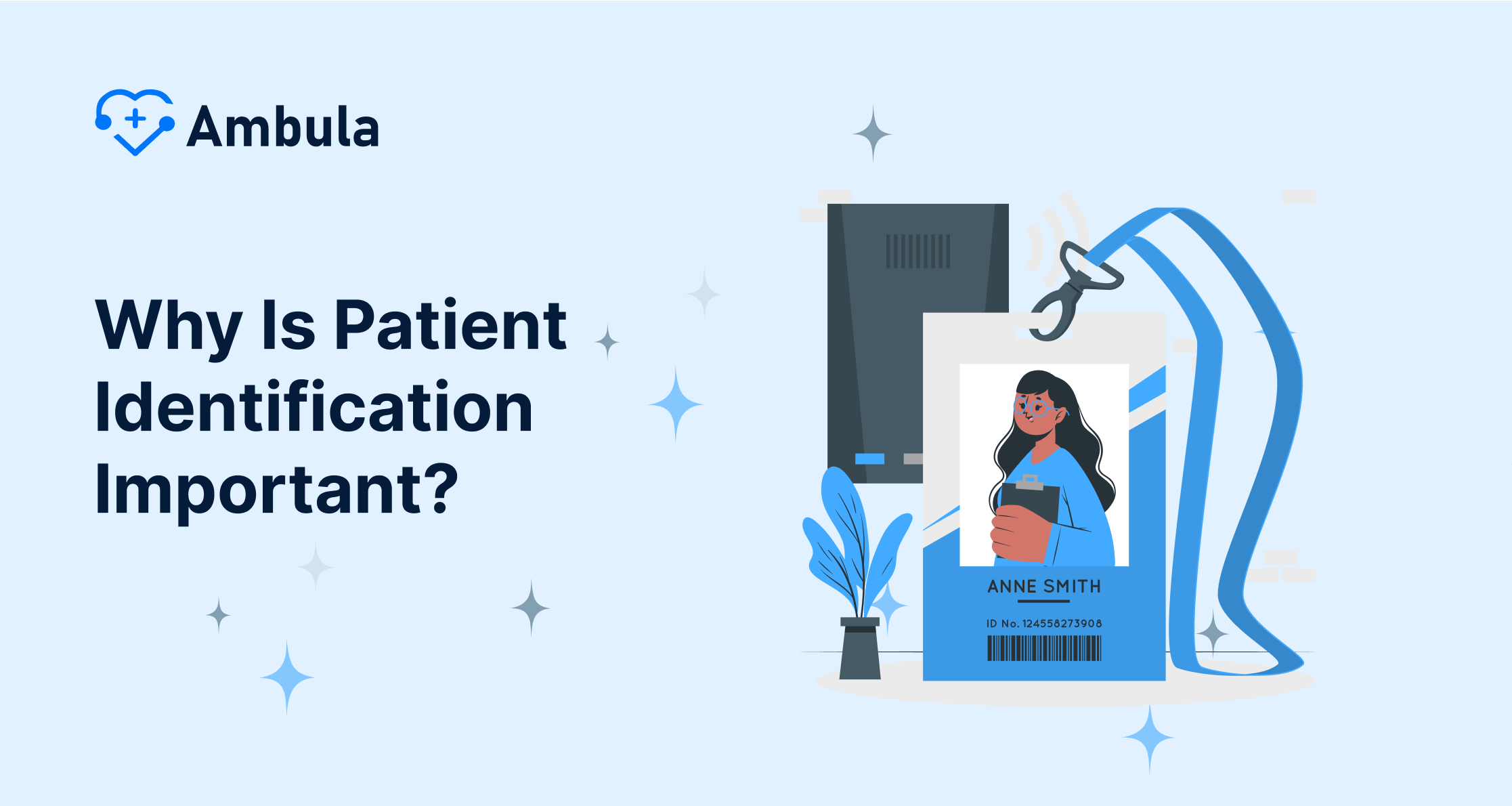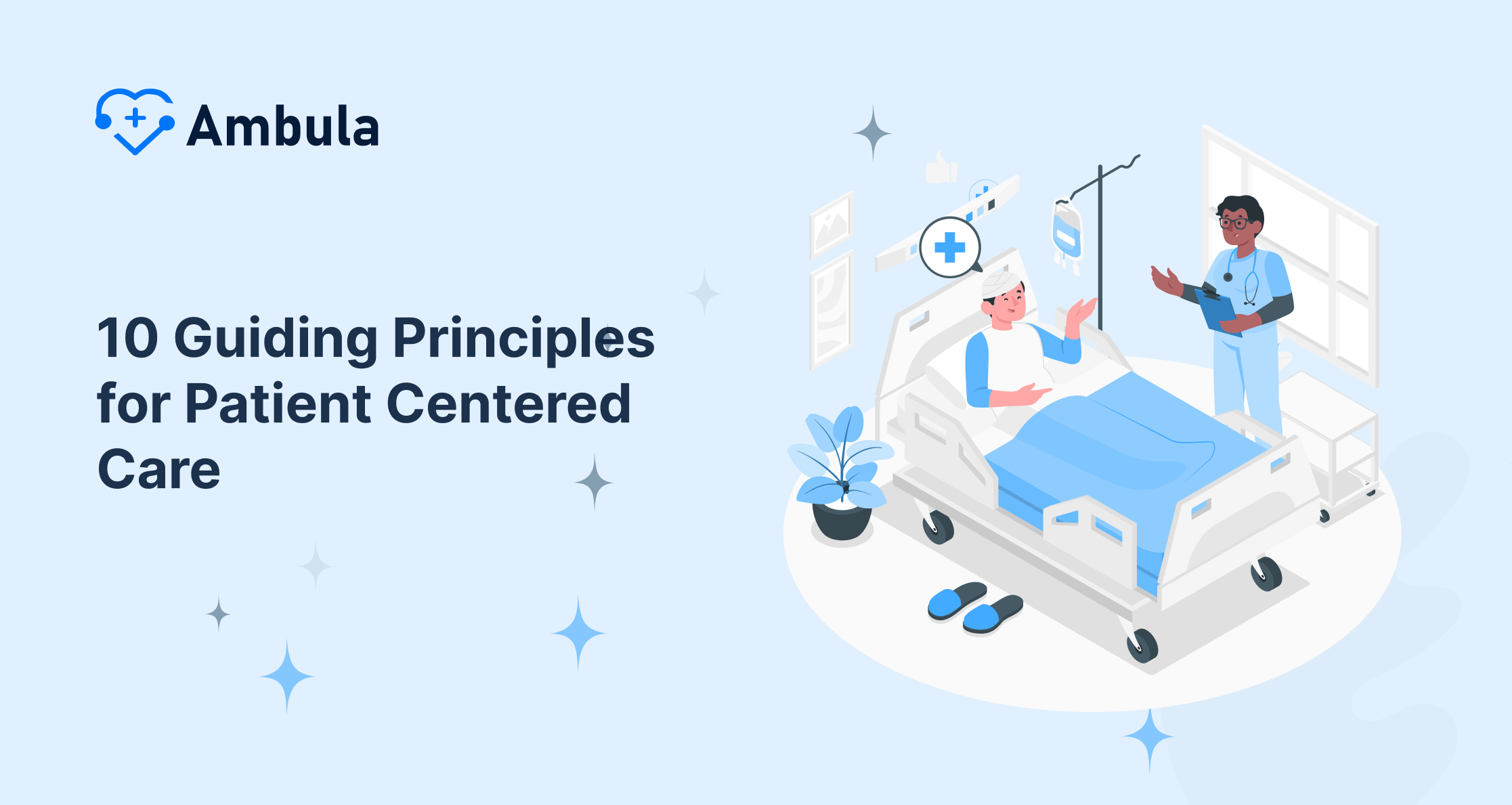
Patient activation and patient engagement are two important concepts in healthcare. Both are associated with improved health outcomes, reduced healthcare costs, and increased patient satisfaction. However, there is some confusion about the difference between the two concepts.
In this article, we will define patient activation and patient engagement, explain the key differences between the two concepts, and discuss how healthcare providers can promote patient activation and patient engagement.
We will also provide examples of how patient activation and patient engagement can work together to improve health outcomes.
By the end of this article, you will have a clear understanding of the difference between patient activation and patient engagement, and you will know how to promote these important concepts in your own practice.
Patient Activation
Patient activation measures an individual’s knowledge, skills, and confidence to participate in care decisions and processes. It is a key component of patient-centered care, recognizing that patients are the experts in their own lives and should be involved in all aspects of their healthcare.
Patient activation is important for several reasons. First, it is associated with improved health outcomes. For example, studies have shown that patients with higher activation levels are more likely to get preventive care, adhere to their medications, and manage their chronic conditions effectively. Second, patient activation can help to reduce healthcare costs. For example, studies have shown that patients with higher levels of activation are less likely to be hospitalized and to have emergency department visits.
There are several strategies that healthcare providers can use to increase patient activation, such as:
- Providing patients with clear and concise information about their health condition, treatment options, and prevention strategies. This can be done through verbal and written communication, as well as through educational materials and resources.
- Helping patients develop skills for managing their health. This may involve teaching patients how to take their medications correctly, monitor their blood sugar levels, or manage pain. It may also involve teaching patients how to communicate effectively with their healthcare providers and ask questions.
- Supporting patients in making informed decisions about their care. This involves providing patients with all of the information they need to make informed decisions about their treatment options and then respecting their decisions.
Patient Engagement
Patient engagement is a broader concept that includes patient activation, as well as other factors such as communication, collaboration and shared decision-making. It is the process by which patients and providers work together to develop and implement treatment plans aligned with the patient’s values, goals, and preferences.
Patient engagement is important because it can lead to better health outcomes, increased patient satisfaction, and improved patient-provider relationships. It can also help to reduce healthcare costs by promoting preventive care and reducing unnecessary.
There are several strategies that healthcare providers can use to increase patient engagement, such as:
- Creating a welcoming and supportive environment for patients. This means treating patients with respect and compassion and listening to their concerns. It also means ensuring patients have access to the information and resources they need to make informed decisions about their care.
- Encouraging patients to ask questions and share their concerns. Healthcare providers should create an environment where patients feel comfortable asking questions and sharing their concerns. This may involve providing patients with private time to talk to their providers or using technology to facilitate communication between patients and providers.
- Involving patients in decision-making about their care. Healthcare providers should involve patients in deciding their treatment options, and then respect their decisions. This may involve discussing the risks and benefits of different treatment options with patients and then allowing patients to choose the option that is best for them.
The Difference Between Patient Activation and Patient Engagement
Patient activation measures an individual’s knowledge, skills, and confidence to participate in care decisions and processes. It is a key component of patient-centered care, recognizing that patients are the experts in their own lives and should be involved in all aspects of their healthcare.
Patient engagement is a broader concept that includes patient activation, as well as other factors such as communication, collaboration and shared decision-making. It is the process by which patients and providers work together to develop and implement treatment plans aligned with the patient’s values, goals, and preferences.
The key difference between patient activation and patient engagement is that patient activation focuses on the patient’s knowledge, skills, and confidence to manage their health. In contrast, patient engagement is a broader concept that includes patient activation, as well as other factors such as communication, collaboration and shared decision-making.
Another way to think about the difference between patient activation and patient engagement is that patient activation is a prerequisite for patient engagement. In other words, patients must be activated to be engaged in their healthcare.
Both patient activation and engagement are important for improving health outcomes and reducing healthcare costs. Healthcare providers can play a key role in promoting patient activation and engagement by providing patients with clear and concise information, helping them develop skills for managing their health, and supporting them in making informed decisions about their care.
Here is a table that summarizes the key differences between patient activation and patient engagement:

Here is an example of how patient activation and patient engagement can work together:
A patient with diabetes is diagnosed with a new complication. The patient’s healthcare provider provides them with information about the complication, as well as different treatment options. The patient then meets with their healthcare provider to discuss their goals and preferences for care. Together, they develop a treatment plan that is aligned with the patient’s values, goals, and preferences.
The patient’s knowledge and skills (patient activation) allow them to understand their condition and treatment options and to make informed decisions about their care. The patient’s engagement with their healthcare provider (patient engagement) allows them to work together to develop a treatment plan that is right for them.
By working together, patient activation and patient engagement can help patients to achieve better health outcomes.
Examples of patient activation
- Asking questions and understanding the answers
- Making informed decisions about care
- Taking medication as prescribed
- Following through with treatment plans
- Managing chronic conditions effectively
Examples of patient engagement
- Communicating openly and honestly with healthcare providers
- Setting and achieving health goals
- Participating in shared decision-making
- Taking an active role in managing their own health
- Advocating for themselves and others
Why is patient activation and patient engagement important?
Research has shown that patient activation and patient engagement are associated with several positive outcomes, including:
- Improved health outcomes
- Reduced healthcare costs
- Increased patient satisfaction
- Better adherence to treatment plans
- Improved self-management of chronic conditions
How can healthcare providers promote patient activation and patient engagement?
There are a number of things that healthcare providers can do to promote patient activation and patient engagement, including:
- Providing patients with clear and concise information about their health and treatment options
- Encouraging patients to ask questions and participate in shared decision-making
- Supporting patients in setting and achieving health goals
- Helping patients to develop the skills and confidence to manage their own health
- Creating a patient-centered environment where patients feel respected and valued
Here are some specific examples of things that healthcare providers can do to promote patient activation and patient engagement:
- Use teach-back to ensure that patients understand their instructions
- Provide written materials and handouts in plain language
- Offer patients self-management tools and resources
- Involve patients in developing their own care plans
- Encourage patients to communicate their preferences and concerns
- Respect patients’ autonomy and right to make their own decisions
Here is an example of how patient activation and patient engagement can work together:
A patient with diabetes is diagnosed with a new complication. The patient’s healthcare provider provides them with information about the complication, as well as different treatment options. The patient then meets with their healthcare provider to discuss their goals and preferences for care. Together, they develop a treatment plan that is aligned with the patient’s values, goals, and preferences.
The patient’s knowledge and skills (patient activation) allow them to understand their condition and treatment options and to make informed decisions about their care. The patient’s engagement with their healthcare provider (patient engagement) allows them to work together to develop a treatment plan that is right for them.
By working together, patient activation and patient engagement can help patients to achieve better health outcomes.
Conclusion
Patient activation and patient engagement are essential for improving patient health outcomes and the overall quality of healthcare. Healthcare providers can play a vital role in promoting patient activation and patient engagement by creating a patient-centered environment, providing clear and concise information, and supporting patients in setting and achieving health goals.




